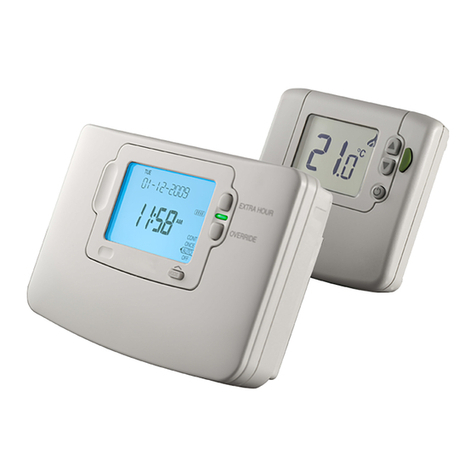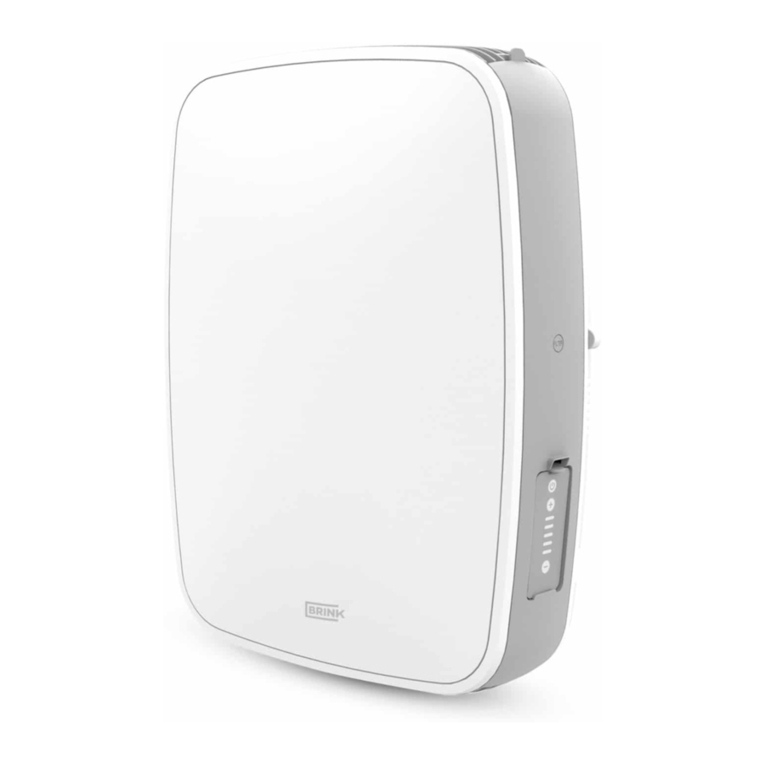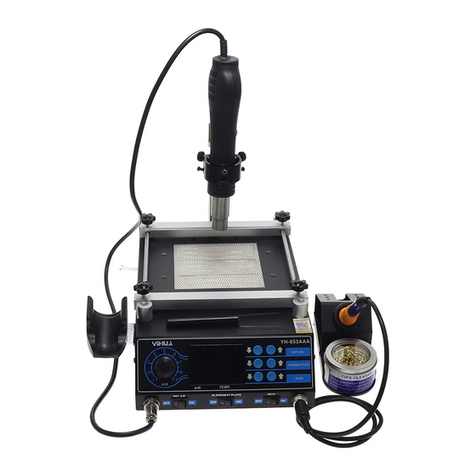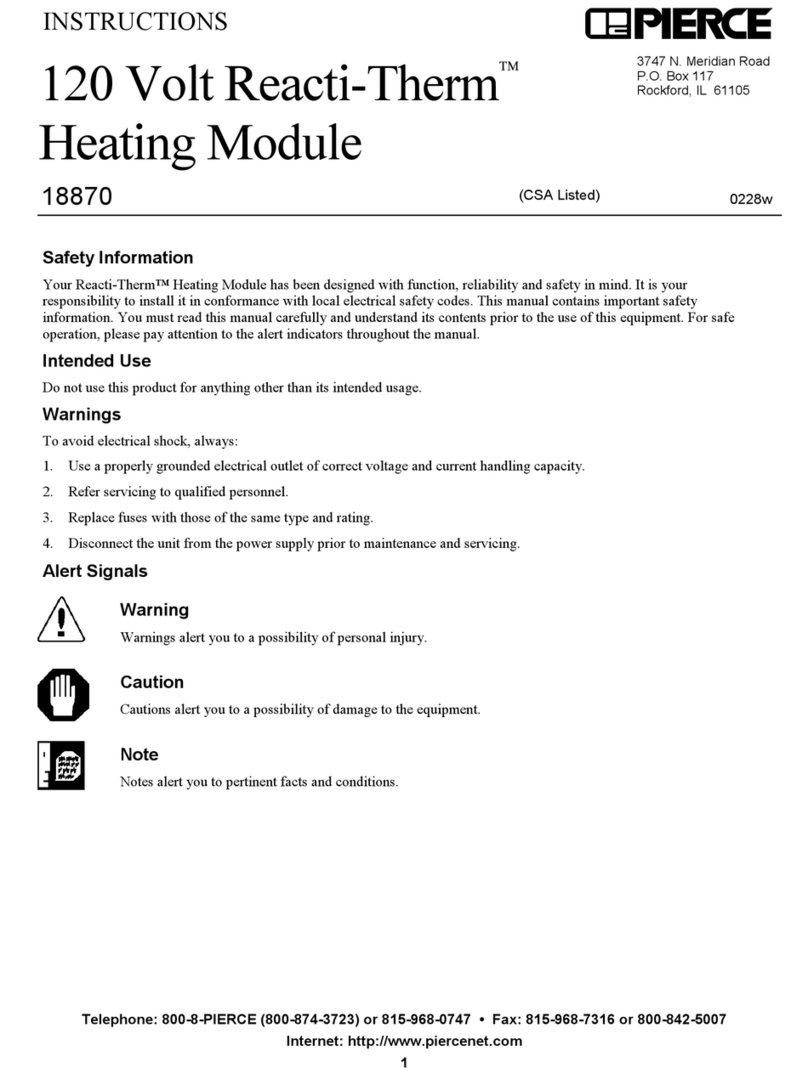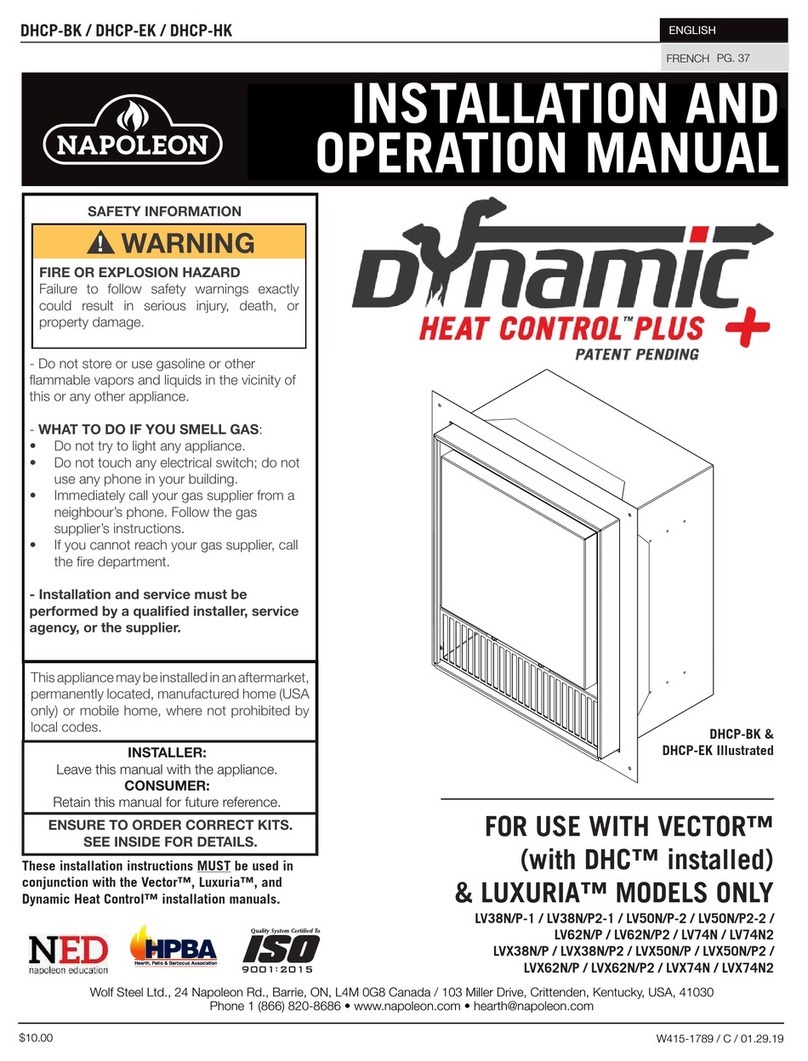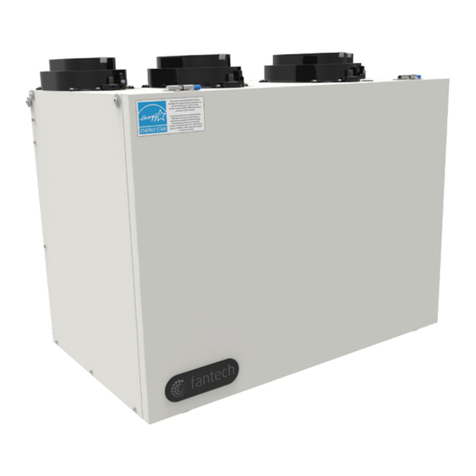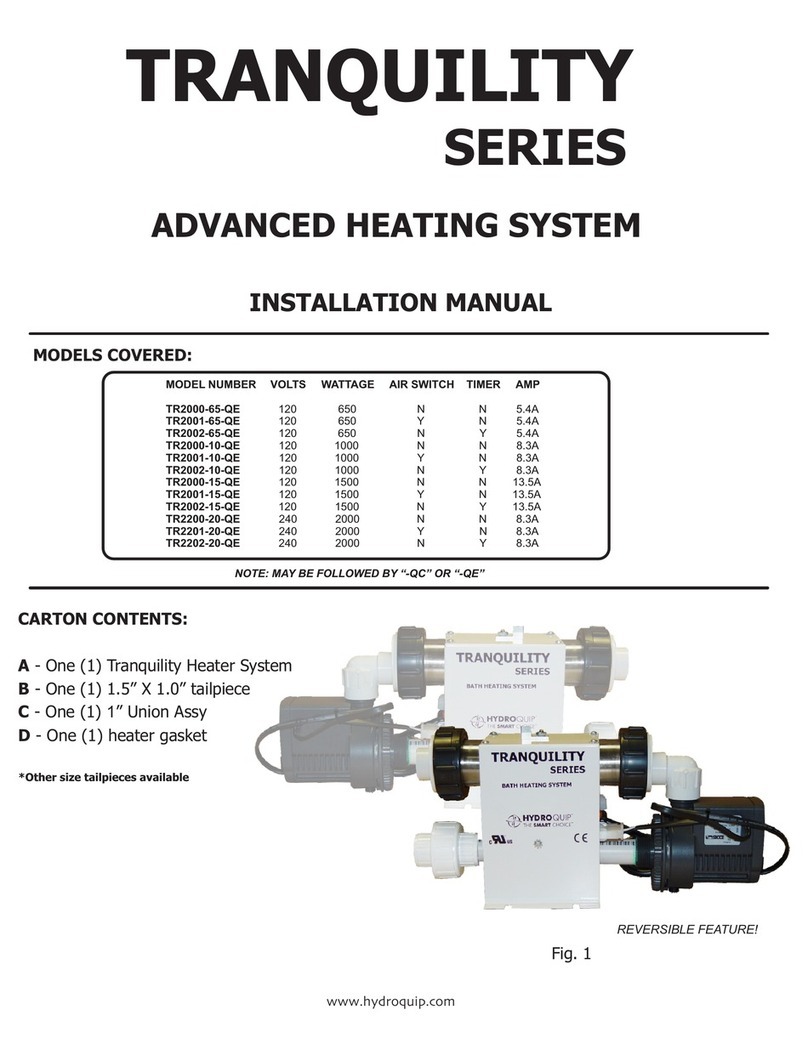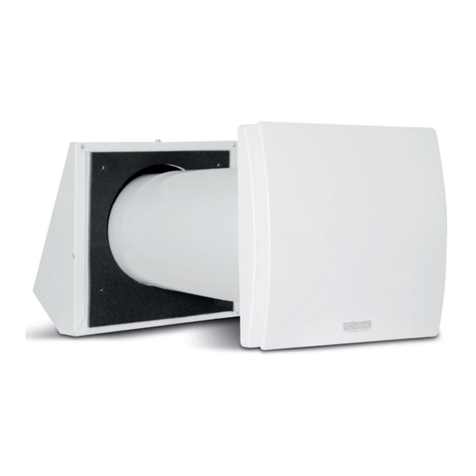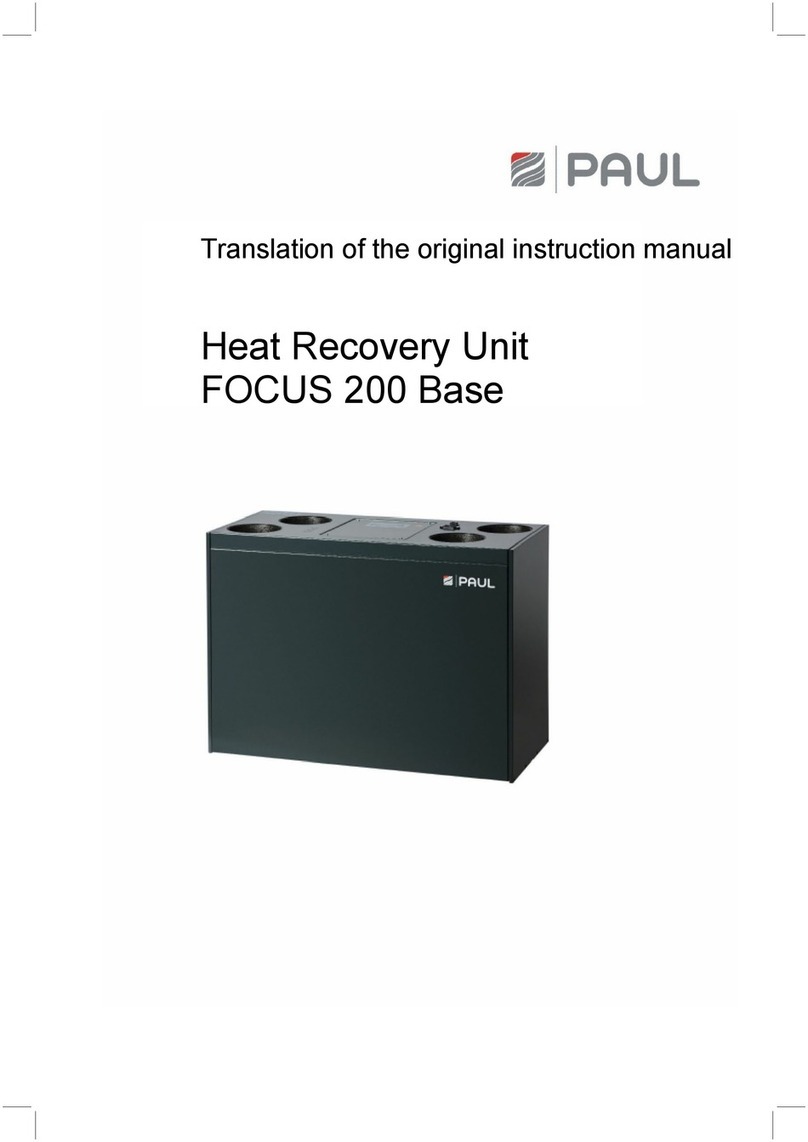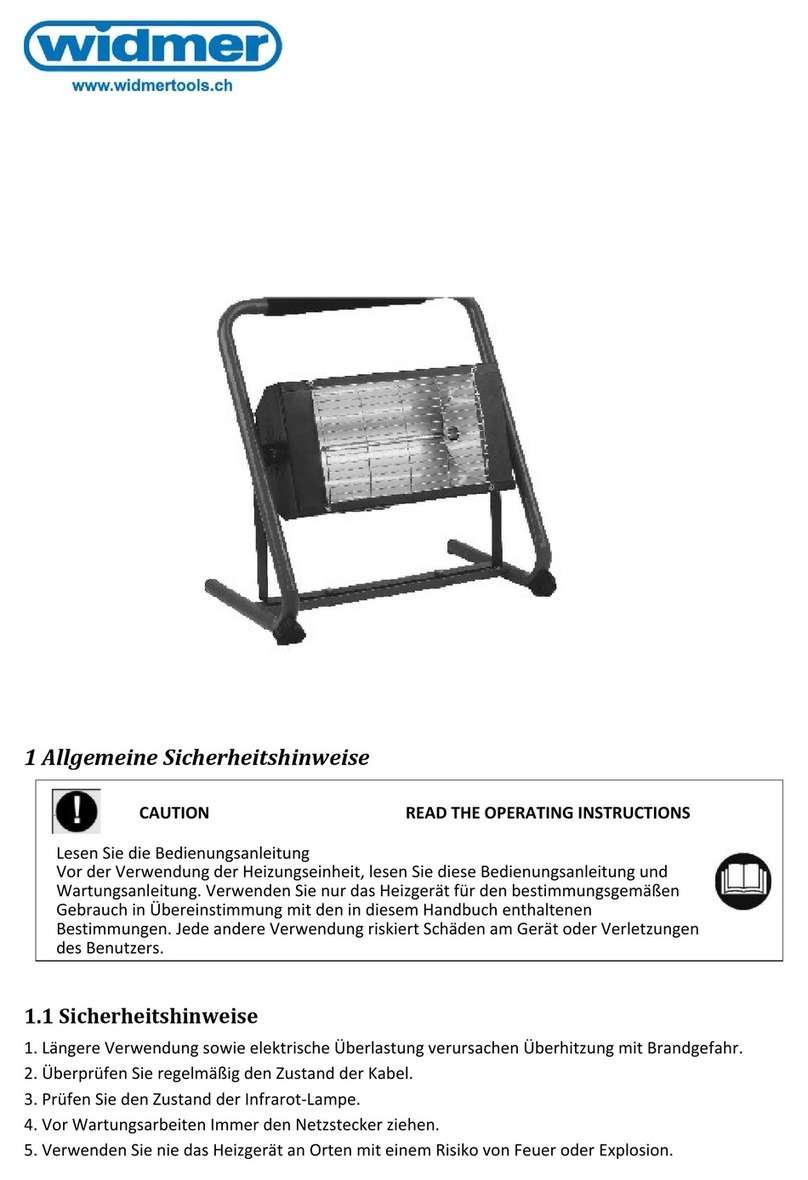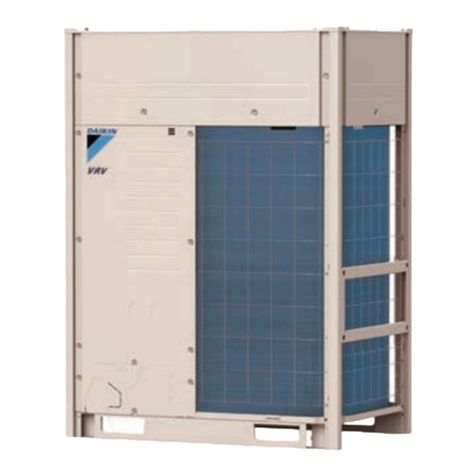5. Primary circuit installation
5.1. Solar 3C cylinders are suitable for connecting to most fully pumped domestic central heating (an open vented
or sealed system), having a maximum working pressure of 3 bar and a maximum working temperature of 90
degrees centigrade. If you are in any doubt concerning the suitability of the boiler, consult the boiler
manufacturer. Solid fuel or wood burning boilers, and gravity circulation systems MUST NOT be used on the
primary circuit of an unvented hot water system.
5.2. Systems - For the best results we recommend that the Solar 3C Cylinder be connected to a “S” plan type
system. Solar 3C Cylinder can be used on “S” plan or “Y” plan systems only.
This cylinder incorporates a solar coil, situated below the boiler primary coil. The boiler/primary coil
connections should be made in accordance with the instructions given at the beginning of this section.
ENSURE THAT YOU CONNECT THE PRIMARY ENERGY SOURCE, NORMALLY A GAS/OIL BOILER OR AIR
SOURCE HEAT PUMP TO THE MIDDLE BOILER/HEAT PUMP COIL ONLY.
THE TOP COIL MARKED ‘OUTPUT COIL ONLY’ IS ONLY TO BE USED AS AN OUTPUT COIL (SEE FIGURES
1A AND B) AND NOT TO BE USED AS AN INPUT COIL.
5.3. The following wiring diagrams are for guidance only. The system must be wired in accordance with the boiler
manufactures instructions and any regulations with regard to unvented cylinders. Solar 3C accepts no liability
for connection to the cylinder.
The lower/bottom solar coil is used for energy input from a secondary source (examples include solar
collectors) having a maximum working pressure of 3 bar and a maximum working temperature of 90 degrees
centigrade. The lower coil has its own temperature sensing point – this is a stainless steel pocket. In addition
there is a further sensing pocket should overall control of the cylinder temperature be required. Thermostats
for these sensing points are not supplied.
The ow from the secondary energy source should be connected to the top connection on the bottom/solar
coil and the return to the bottom. The motorised valves (including high temperature motorised valve) must
be connected to the high limit on the cylinder thermostat in such a way as to isolate the cylinder from the
primary and secondary energy sources if the cylinder temperature exceeds the high set point. Please see the
section on electrical installation.
THIS IS ESSENTIAL TO ENSURE A SAFE WORKING PRODUCT & TO AVOID EXCESSIVELY HOT WATER.
CORRECT WIRING OF THE THERMAL CUTOUT MUST BE UNDERTAKEN.
5.4. Connections - The primary ow and return connections should be made in accordance with Figs 1a and 1b.
using 22mm compression ttings, (not supplied). Note, connections for the boiler are shown with the return
above the ow; however, you can also connect the ow above the return.
5.5. The 2 port valve - To prevent gravity circulation when the boiler switches off, the 2 port motorised valve
supplied with the unvented hot water kit, MUST be tted in the primary ow pipe to the cylinder and wired in
accordance with Figs 2, 3 and 4 (depending on system design) to comply with current legislation.
5.6. Hard water areas - If the cylinder is to be used in a hard water area, we recommend that the primary ow
temperature be limited to 75 degrees centigrade. This will help reduce the migration of suspended solids in
the water and help prevent the buildup of lime scale.
5.7. ON ALL SYSTEM CONFIGURATIONS: Secondary circulation – Solar 3C cylinders provide a secondary
return connection for a secondary circulation circuit, 15mm leg incorporating a check valve (see Figs 1a and 1b
for position of secondary return).
IMPORTANT: If a secondary circulation circuit is installed then a larger expansion vessel may be required to
handle the increase in volume. Please ensure all installation and design considerations are met and double
checked prior to hand over to the end user. 8




















